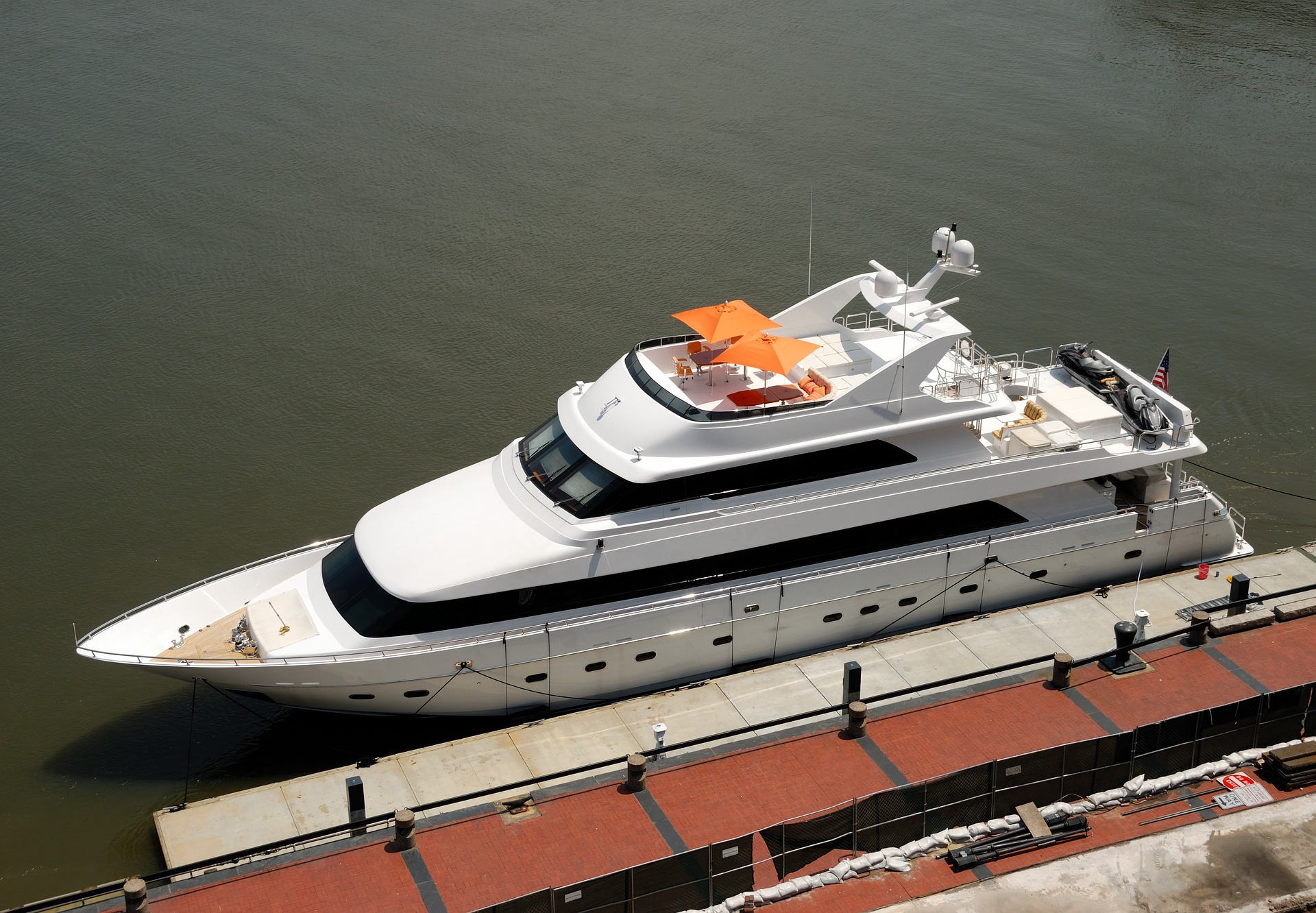Table of Contents
When owning your own boat in Dubai or planning to operate one that you’ve rented, you’ll want to prepare before setting sail. Naturally, you’ll want to receive some form of basic training as sailing a boat could be dangerous without an understanding of how to control the boat, as well as having a lack of understanding of maritime law and regulations. As well as this, you’ll want to gain some basic knowledge of certain words and terms so that you can be sure of what people are referring to when asking you to do certain things. For example, words like berthing and docking are not always clear, so to help you with this, here are some common ship and boat terms that you should learn.
Mooring
Our first word that we’re going to throw at you is mooring. The very simple explanation of what mooring means is to tie your boat or ship to a fixed-point using ropes, lines, or sometimes chains. The purpose of this is to secure your boat so that it doesn’t float away. These mooring points are attached to the seafloor, essentially acting as an anchor, which we will cover later, but one that does not originate on your vessel. The point at which you connect to the mooring will be suspended by a buoy which is a brightly colored floatation device that sailors can easily see.
Berthing
Many of the words you’ll be seeing here are generally interchangeable, depending on their intended usage. To berth, a ship or boat means to moor it to an allocated space in a dock, specifically for that vessel. You can also call this space a berth. When it comes to berthing in Dubai, you should always make sure that the dock authority is aware of your intention to berth there. Even if you have booked a space, you should double-check beforehand to ensure they’ve remembered. You should also enter the berth as slowly as possible to ensure no collisions with other craft.
Anchoring
When it comes to anchoring your boat, this is where you drop an anchor overboard, which will then act as a mooring point. The anchor will hit the seabed, preventing your boat from drifting. Anchors are generally made of heavy materials that are resistant to corrosion. They are often made from iron, but some modern anchors can even be made from reinforced polymers like carbon fiber. You can generally anchor your boat anywhere, whether stopping off at an island with no mooring points or just keeping your boat still for fishing or swimming.
Docking
While people will often confuse berthing and docking, and there is some level of crossover between the terms, docking is not necessarily the same as berthing. Docking is where you will sail to a fixed position and moor up to it, just like berthing. However, to dock your vessel, you are mooring to a fixed point in which you can step out of the boat onto a fixed structure like a dock. The dock itself can vary in materials, shape, size, and location, but it will allow you to reach dry land. Certain boats may be too big for docking at certain locations, however. In cases like this, many larger boats will have a smaller one attached, like a dinghy, to get them to the dock after mooring their main vessel to a mooring buoy.
 fashion rec fashion wanted
fashion rec fashion wanted



